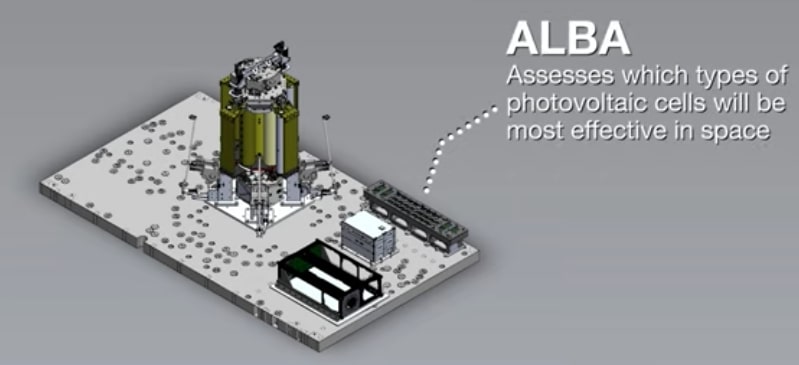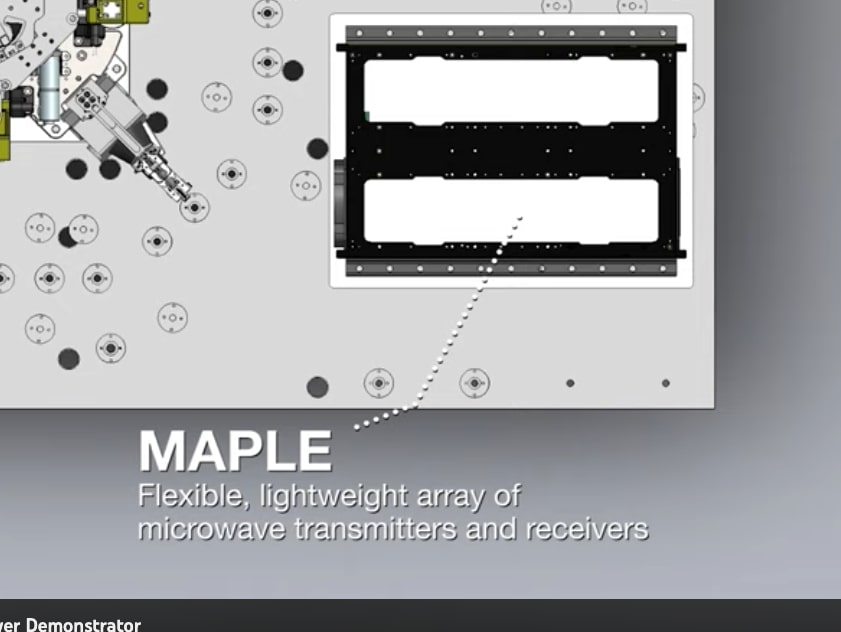The Transporter-6 mission successfully launched at 6:55 a.m. PT on January 3 placed the Caltech Space Solar Power Project (SSPP) prototype, the Space Solar Power Demonstrator (SSPD) in orbit. It will test several key components of an ambitious plan to harvest solar power in space and beam the energy back to Earth.
Space solar power provides a way to tap into the practically unlimited supply of solar energy in outer space, where the energy is constantly available without being subjected to the cycles of day and night, seasons, and cloud cover.
The launch, currently slated for early January, represents a major milestone in the project and promises to make what was once science fiction a reality. When fully realized, SSPP will deploy a constellation of modular spacecraft that collect sunlight, transform it into electricity, then wirelessly transmit that electricity over long distances wherever it is needed—including to places that currently have no access to reliable power.










A Momentus Vigoride spacecraft carried aboard a SpaceX rocket on the Transporter-6 mission will carry the 50-kilogram SSPD to space. It consists of three main experiments, each tasked with testing a different key technology of the project:
* DOLCE (Deployable on-Orbit ultraLight Composite Experiment): A structure measuring 6 feet by 6 feet that demonstrates the architecture, packaging scheme and deployment mechanisms of the modular spacecraft that would eventually make up a kilometer-scale constellation forming a power station;
* ALBA: A collection of 32 different types of photovoltaic (PV) cells, to enable an assessment of the types of cells that are the most effective in the punishing environment of space;
* MAPLE (Microwave Array for Power-transfer Low-orbit Experiment): An array of flexible lightweight microwave power transmitters with precise timing control focusing the power selectively on two different receivers to demonstrate wireless power transmission at distance in space.
An additional fourth component of SSPD is a box of electronics that interfaces with the Vigoride computer and controls the three experiments.
SSPP got its start in 2011 after philanthropist Donald Bren, chairman of Irvine Company and a lifetime member of the Caltech Board of Trustees. Over $100 million will have been funded.


Brian Wang is a Futurist Thought Leader and a popular Science blogger with 1 million readers per month. His blog Nextbigfuture.com is ranked #1 Science News Blog. It covers many disruptive technology and trends including Space, Robotics, Artificial Intelligence, Medicine, Anti-aging Biotechnology, and Nanotechnology.
Known for identifying cutting edge technologies, he is currently a Co-Founder of a startup and fundraiser for high potential early-stage companies. He is the Head of Research for Allocations for deep technology investments and an Angel Investor at Space Angels.
A frequent speaker at corporations, he has been a TEDx speaker, a Singularity University speaker and guest at numerous interviews for radio and podcasts. He is open to public speaking and advising engagements.


What is the power density of the terrestrial receivers?
Is it replacing the utility by putting panels on your roof? Or competing with coal plants by building big fields of receivers in rural area and having the power company deliver it to houses?
As far as I understand most advocates of SSP talk about power density in the range of 200W/M^2, to avoid health risks to humans and animals.
So you will have fields of receivers antennas, similar to today large solar stations.
There are 3 differences from regular solar fields:
1. The receivers can capture and transform almost 100% of the microwave RF power to electricity.
2. power is avilable 24H/365D and is avilable even during heavy rain/snow and clouds.
3. The receiving antennas can pass through most of the sun light, so regular crop fields or even regular PV solar station can be under them.
LEO works w/steerable beams & has several advantages – short transmission path, lower launch costs, greater accessibility & a relatively benign radiation environment.
But I don’t think either location works w/o in situ materials, absent a wildly successful Starship program..
I see their test of the longevity of different cell types as useful, certainly. Though that should be conducted in GEO, not LEO, because the environments are relevantly different.
Then, in space construction of the sort of really flimsy structures that would never survive launch, but are needed to minimize launch costs.
The practical issues of maintaining sufficient phase coherence over really large high power phased arrays. And practical tests of the atmospheric interactions with those beams.
Thin film frequency selective mirrors, so the cells can be fed the wavelengths they’re most efficient at converting, reducing the heat that cuts down their lifespans, and reducing the weight of the cells by replacing them with something nearly as thin as a bubble.
Lots of things to test, this does at least one of them, anyway.
“Then, in space construction of the sort of really flimsy structures that would never survive launch, but are needed to minimize launch costs.”
Is launch cost minimization really the critical variable? Not now but soon?
It’s certainly “a” variable.